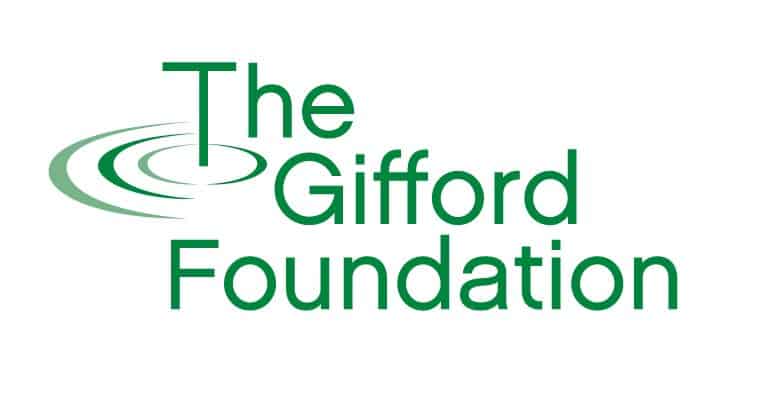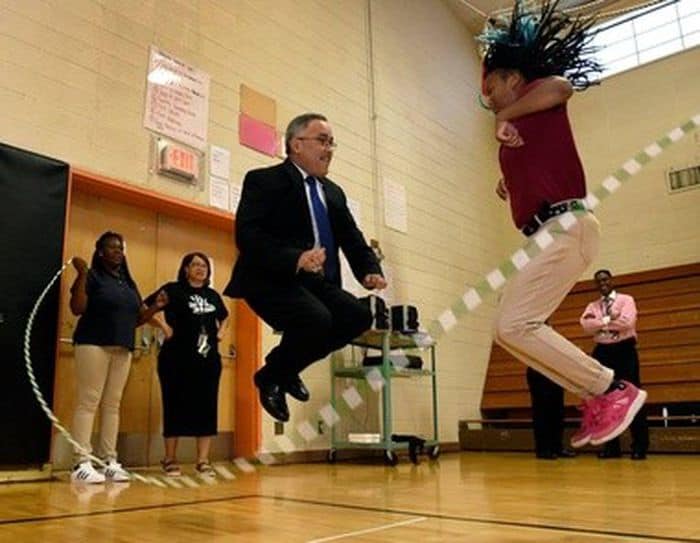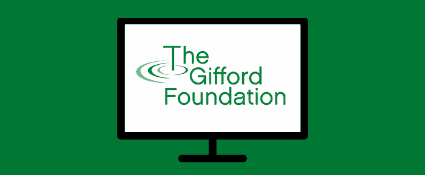Perspective: Superintendent Jaime Alicea
Alicea discusses how an inclusive mindset and strong community partnerships have helped the SCSD navigate an unprecedented series of crises.
Published August 10th, 2021
Nothing in his 40-year career in public schools could have prepared Syracuse City School District Superintendent Jaime Alicea for the challenges he would face over the past two years. On July 8th, 2019 – the first day of summer school, the entire District computer system was breached by a ransomware attack out of Eastern Europe. Only about eight months later, the Syracuse City School District (SCSD) was suddenly shut down once again as the coronavirus pandemic emerged in force during March of 2020. Now, as vaccinations rise and schools return to in-person learning, a rise in teen violence is causing growing concern. Superintendent Alicea says that the SCSD has stayed resilient by embracing an inclusive mindset and drawing on strong community partnerships.
When the SCSD suddenly lost access to their computer systems following the cyberattack, Alicea remembers that they suddenly had to pivot to a mode of operations that had not been in use for more than 20 years. “We had to go back to the old technology that we had – using the phones and using paper.” The experience of older staff members and teachers who had learned to do their jobs in the time before computers suddenly proved invaluable.

Jaime Alicea began his career with the Syracuse City School District nearly 40 years ago as a young Teaching Assistant at Seymour Elementary school after moving to Syracuse from Puerto Rico. After working his way up through a wide variety of teaching and administrative positions, he was appointed as Syracuse City School District Superintendent in 2017.
Ironically, the situation was reversed when the pandemic arrived. Just as phone calls and paper memos kept things running while email and other online resources were unavailable, the school district was now challenged to move their entire operation to a virtual format as sudden quarantine measures kept students out of classrooms and administrators out of offices. “We had many conversations about how if this pandemic had happened 20 years ago – I don’t know what we would have done,” says Alicea. “We didn’t have the technology.”
After an initial assessment of their resources and needs, they realized that they needed an instant way to connect students with lessons. Many students lacked access to a computer, and developing the digital infrastructure to deliver lessons online took time. “That’s how we began our partnership with WCNY,” says Alicea. “Even though not all kids had [an internet enabled device] at home, there was a TV at every home. So we had our teachers begin to record lessons and we provided education through channel 24 for all the kids in the district whether it was at elementary, middle, or high school level. We wanted to make sure that our kids were still getting an education through the dark times of the pandemic.”
After conducting a needs assessment, the SCSD would eventually provide more than 12,000 laptops and 3,500 hotspots for students in need to allow them to continue their education virtually. Superintendent Alicea is hopeful that the experience students gained while attending school remotely will better prepare them for the reality of remote work after graduation. “Every kid in the District now knows how to use Teams, Zoom, and Google Classroom,” he says.
Input from the students themselves has also been a factor in shaping how the District operates. Last year, middle and high school kids were brought together to have a dialogue about what is happening in our schools and our community and what can be done. The topics discussed ranged from community issues to proposed changes to the school’s curriculum. “If you want to know the truth, ask a kid,” says Alicea. “They will tell you the way it is.” Alicea also consults with student groups like the Superintendent’s Student Cabinet which reports directly with recommendations and concerns from the students’ themselves. Alicea says that the results of inviting students into the planning process have been profound. Recent initiatives born out of these conversations include:
- Adding a financial literacy course that explains writing checks, paying taxes, being a responsible citizen.
- Changing the menus in the cafeterias to provide more attractive and healthy food options.
- Increasing the number of advanced courses offered to middle and high school students, including via partnerships with Onondaga Community College.
- Expanding the CTE (Career and Technical Education) pathways to include as many as 26 career training opportunities including welding, drone aviation, and healthcare.
- Considering parent and student opinions when selecting new school principals.
Despite the 2020/2021 schoolyear having been extraordinarily difficult, Alicea says there have also been victories. “This June we celebrated the first six students to graduate from high school with a certificate to fly drones all over the nation,” he says. “We are also working with Amazon to develop a program for young people to find employment within the community.”
Superintendent Alicea is candid about the fact that the District’s ability to navigate recent challenges has been in large part due to their partnership with other local institutions and their ability to gather creative ideas from a diverse range of stakeholders including the students themselves. In the face of other ongoing crises such as the high poverty rate and rising violent crime, Alicea suggests that a similar approach could be applied to help alleviate those problems as well. “There’s a lot of potential in this community,” he says.
In addition to his role as Superintendent, Alicea serves on The Gifford Foundation’s Board of Directors. He says that experience has shaped his approach to problem solving within the school district and beyond. “I have been with Gifford for more than 10 years and one of the things that I’m very proud of is that Gifford goes down to the root – to the people in the community – to provide that support. And that’s what we need to continue to do: look at the stakeholders that are there, bring them together, and talk about what we can do working together to support the needs that we have,” he says. “The entire community needs to take more responsibility for what is happening.”



